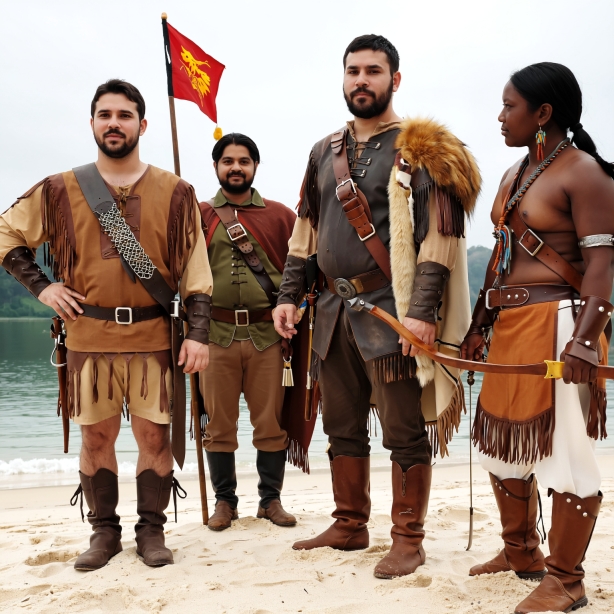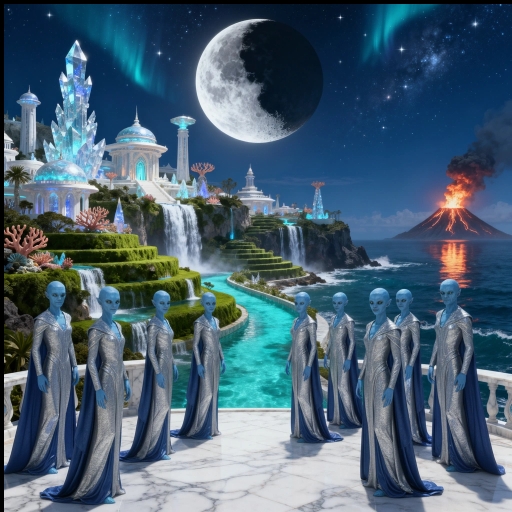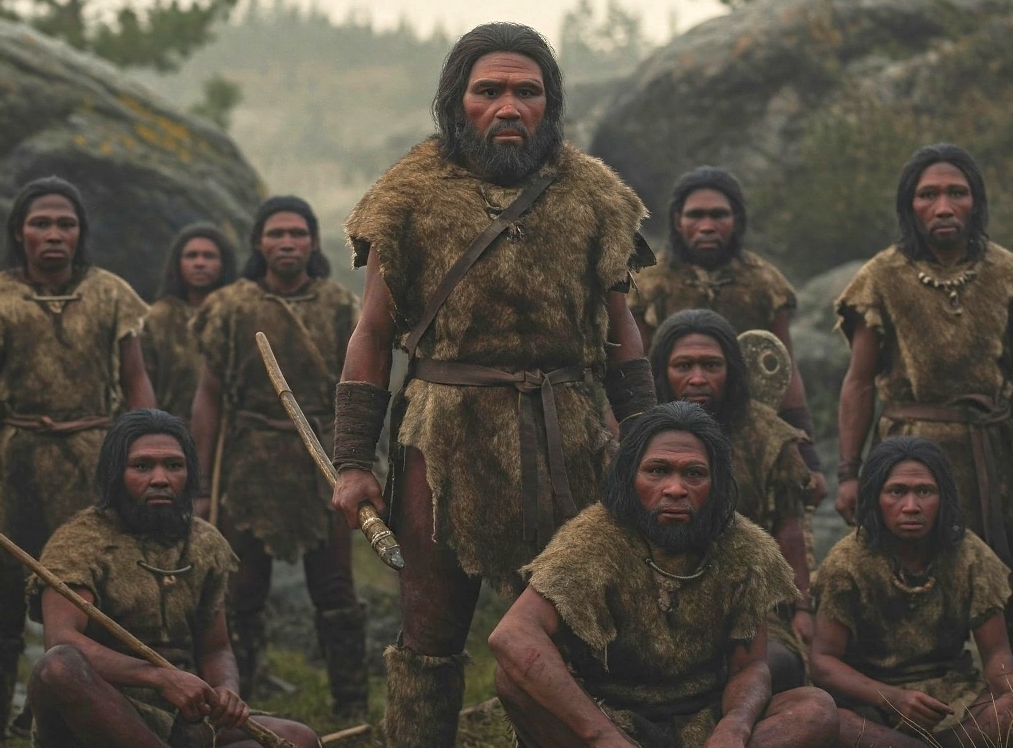
For centuries, tales of a magical “Fountain of Youth” have captured the imagination of explorers, dreamers, and historians alike. According to legend, this mythical spring could restore the youth and vitality of anyone who drank from its waters. While the idea of such a fountain is ancient and widespread, it found its most famous home in the New World — specifically, in what is now the state of Florida.
The story most often connects the Fountain of Youth with the Spanish explorer Juan Ponce de León, who arrived in Florida in 1513. According to later accounts, Ponce de León was searching for a miraculous spring said to grant eternal youth. The tale suggests that he heard of its existence from Indigenous peoples of the Caribbean or from Spanish myths about distant islands of healing waters. In truth, there is no historical evidence that Ponce de León ever sought such a fountain. Spanish records describe his expedition as a mission of exploration and colonization, not a quest for eternal youth. The connection between Ponce de León and the Fountain of Youth was first written down decades later by Spanish historians and became popular in European literature and folklore. Over time, legend blurred with history, and Florida became synonymous with this mythical search.
The city of St. Augustine, Florida, the oldest continuously inhabited European settlement in the United States, proudly embraces the legend. There, visitors can explore the Fountain of Youth Archaeological Park, which commemorates Ponce de León’s landing and celebrates the myth. The park features a natural spring that locals claim to be the very fountain the explorer sought.The water, flowing from an underground aquifer, has been sampled by visitors since the 19th century. Although it does not reverse aging, the site holds a unique place in Florida’s cultural and tourism history. Early settlers and promoters used the legend to attract visitors, transforming the Fountain of Youth into one of the state’s earliest tourist attractions.
Origins Older Than Ponce de León
The idea of rejuvenating waters predates Ponce de León by thousands of years. Ancient Greek, Middle Eastern, and Asian traditions spoke of sacred springs that could renew life. Among the Indigenous peoples of Florida, springs were often regarded as places of healing and spiritual power — beliefs that may have inspired or merged with the later European legends. Florida, with its hundreds of freshwater springs, offered a perfect setting for such a myth. Its clear, mineral-rich waters seemed almost otherworldly to early explorers and settlers.
Origins in Taíno Mythology
Long before Spanish explorers arrived on the shores of Florida; the Indigenous Taíno people of the Caribbean and nearby regions as the Greater Antilles-islands such as Puerto Rico, Hispaniola,and Cuba; told stories of a miraculous spring — a “fountain of youth” said to restore strength and vitality to those who bathed in or drank from its waters. Among these legends was that of a wondrous land called Bimini, located to the north of their islands. According to Taíno storytellers, Bimini was home to a magical spring whose waters could reverse aging and heal the sick. The spiritual world of the Tainoswas rich with zemis, or ancestral spirits, and sacred natural places believed to hold divine power. This legend, rooted in Taíno mythology and oral tradition, would later inspire the ambitions of European explorers, most famously the Spanish conquistador Juan Ponce de León.Some versions described it as a gift from the gods of creation, who placed it on Earth so that humanity might one day rediscover lost youth. Others portrayed it as guarded by powerful spirits who allowed only the pure of heart to find it. The legend symbolized renewal — both physical and spiritual — and may have reflected the Taíno reverence for water as a source of life and transformation.
The Spanish Encounter the Legend
When the Spanish colonizers reached the Caribbean in the late 15th and early 16th centuries, they heard these tales from the Taíno people. The story of Bimini and its rejuvenating spring captured their imagination, especially among explorers searching for wealth and immortality. Juan Ponce de León, who had governed Puerto Rico, reportedly heard the legend from local Taíno elders. Around 1513, he led an expedition northwest in search of Bimini’s fabled waters — a journey that brought him to the lush peninsula we now call Florida. Although his official mission was to claim new lands for Spain, folklore quickly grew around his supposed quest for the Fountain of Youth.
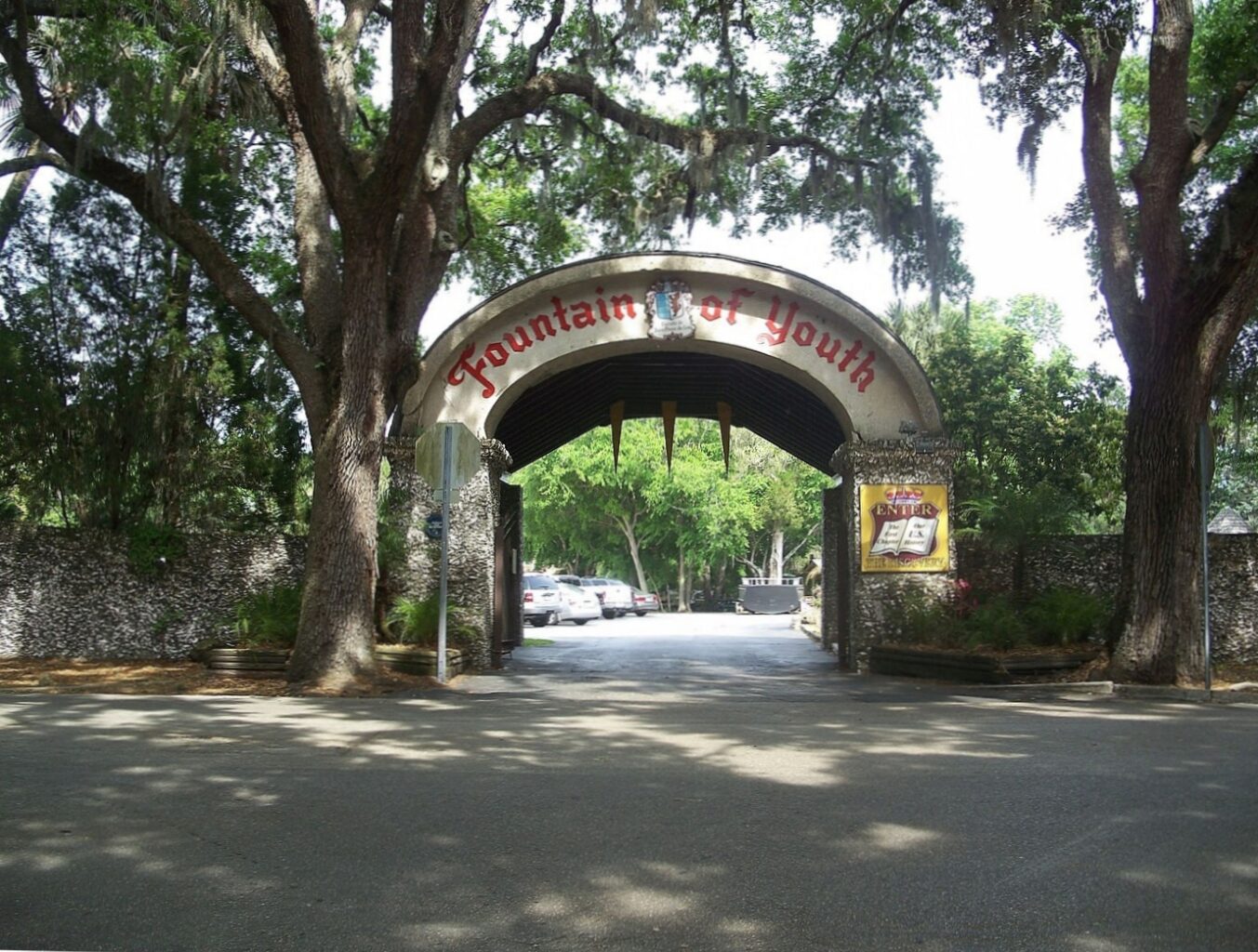
Florida’s Legendary Spring
Ponce de León landed near what is now St. Augustine, the oldest continuously inhabited European-founded city in the continental United States. Local springs — particularly the clear, mineral-rich waters of the area — were soon connected to the Taíno legend. Over time, the myth of the Fountain of Youth became inseparably tied to Florida itself.Though historians debate whether Ponce de León truly sought the fountain, the Taíno origin of the story remains an essential part of its legacy. What began as a mythic reflection on vitality and the sacredness of water became one of the most enduring legends in the Americas. In the end, the Taíno legend of the Fountain of Youth reminds us not only of humanity’s age-old longing for immortality but also of how Indigenous wisdom and stories shaped the very myths that defined early encounters between the Old and New Worlds.
Today, the Fountain of Youth Archaeological Park in St. Augustine commemorates that blend of Indigenous legend and European ambition. Visitors still drink from its springs, carrying on a tradition born from the Taíno vision of eternal renewal.Located in St. Augustine, Florida, the 15-acre Fountain of Youth Archaeological Park stands on the banks of Hospital Creek and the Intracoastal Waterway.
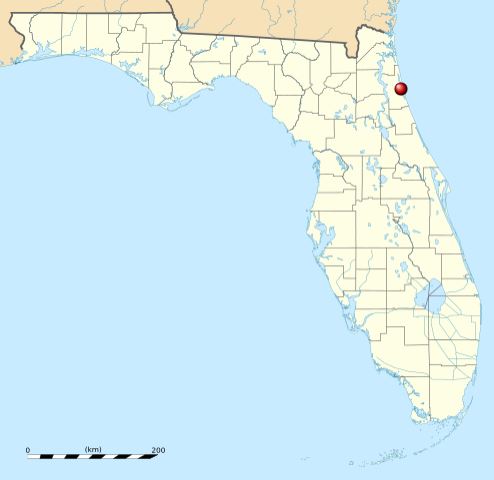
Historically the site is tied to three layers of significance: Early Spanish colonial settlement and mission activity. Historical Significance-Indigenous Occupation: The Timucua and related peoples occupied the region as early as ~2400 B.C. or before. Spanish Arrival & Settlement: In 1513, Ponce de León. They are said to have landed in the nearby area (though the exact spot is debated). In 1565, Pedro Menéndez de Avilés founded St. Augustine, and archaeological work at the park suggests structures of that era may lie there. Mission Era: The first Catholic mission in what is now the United States—the Mission Nombre de Dios—was established on the nearby site in 1587, connected historically to this property.
Modern Attraction: As a tourist site, the park has been drawing visitors since the late 19th and early 20th centuries, promoting the spring as the legendary “Fountain of Youth.” Spring House & the “Fountain”: The park features a house built of local coquina stone around a spring that flows from the Floridan aquifer. Visitors are invited to sample the water (which many describe as having a sulfuric taste).
Archaeological Excavations: Ongoing digs have uncovered Spanish barrel wells, post-molds from shelters, Timucua village remains, and other artifacts dating from pre-1565 and later.
Timucua Village Reconstruction: The park has reconstructed dwellings and demonstration areas to illustrate how the Timucua lived before European contact. Trail of Florida’s Indian Heritage. Visitors can stroll a boardwalk over marshland, view cannons and artifacts, see peacocks roaming the lawns (the birds being part of the attraction since mid-20th century), and watch living-history reenactments.
While the legend of Ponce de León discovering an elixir of youth is popular, historians caution that there is no solid evidence that the spring was the true “fountain of youth” or that Ponce de León landed precisely here. What remains indisputable is the archeological value of the site: it connects to one of the earliest European settlements in North America and the Native American culture of the region.
The park offers parking, walking paths, historical exhibits, and family-friendly activities. It’s a tangible place where multiple layers of Florida history overlap: indigenous habitation, early Spanish colonization, and mythic storytelling. The archaeological work here helps refine our understanding of early European-Native American contact in the southeastern United States. As a cultural-tourism destination, the park demonstrates how storytelling (the “Fountain of Youth” myth) can shape public interest and preservation of historic sites.
Today, the Fountain of Youth symbolizes humanity’s timeless yearning to escape aging and mortality. It stands not only as a story of exploration but also as a reflection of human hope — the desire to find renewal, whether through water, science, or belief. Visitors still come to St. Augustine to sip from the spring, more for the romance of history than the promise of youth. The site serves as a reminder of how myth and reality intertwine in shaping the cultural landscape of America’s oldest city. In the end, the true Fountain of Youth may not lie in the earth at all, but in the enduring spirit of curiosity and wonder that drives people to seek it.
